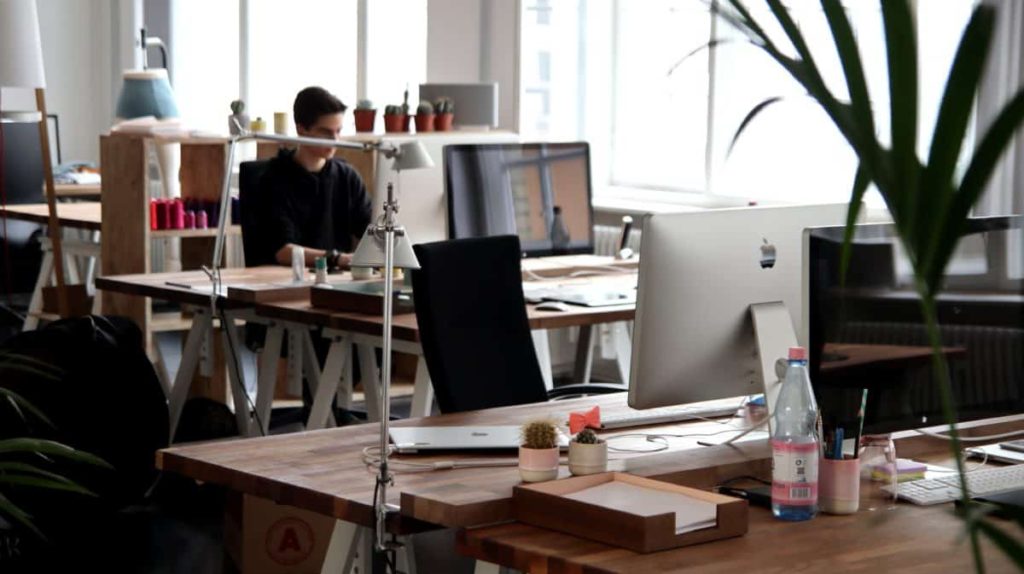Offices can evolve a lot over time, however, the desk will always be the heart of any workplace. While technology helps us improve the way we work, people always need solid surfaces to work on, whether for processing paper documents or digital data. Still, the ways we use desks have also changed. Check out these important desk-related trends and see how they can increase productivity in your office.
Words: Lillian Connors
Unassigned desks
On the first day of employment, it used to be perfectly normal for people to ask where their assigned desk is. However, for a lot of businesses, dispensing with the assigned desk concept seems to be more practical. With mobile technology allowing people to move around the office during the day, more work is being done away from desks. And with telecommuting being more popular, having assigned desks that aren’t used more than half the time can leave a lot of office space unused. Instead of assigned workstations, companies are using unassigned desks and plenty of other options for people to use.
Desk hoteling
Some offices with unassigned desks employ a first-come, first-serve rule, but others have adopted a concept known as desk hoteling. This means that workers can reserve a specific workstation for a set amount of time. Not only does this allow more flexibility of unassigned seating, but it makes sure everyone can access the settings they need. For example, if a team needs to get together and collaborate on a project, they can book a space large enough so everyone is on board.
Stand and deliver
The recent years have seen a lot of trends that aimed to improve wellness in their workplace. A lion’s share of innovation went to reducing the amount of time people spend sitting. As a result, standing height desks have become a more common sight in offices around the world. However, not everyone can spend a full eight hours on their feet, so adjustable height desks are another popular option as they give people the flexibility to choose between sitting and standing. These desks often come with cable management trays and handles for easy height adjustment.
Integrated technologies
Technological advances are changing the way we use furniture around the office, with the ultimate aim of creating a seamless integration of furniture and technology. While older desks have their charm, they don’t always accommodate cables, which often leads to unsightly tangles tracing their way to floor power strips. Nowadays, desks are being designed with cord management options. On the other hand, as wireless technology is becoming more common, the need for cord control could become a thing of the past, so we may once again return to stylish vintage-looking workstations as one of office design solutions that appeal to the millennial workforce.
Just benching around
For decades, office workers who didn’t have private offices had either a cubicle or individual desk. However, with the floor space in popular locations becoming more expensive, companies are looking for ways to use their space more efficiently, which paved the way for benching setups. Benches are long surfaces that are shared by multiple people. With no need to leave space between individual workstations, this helped create extra room.
Privacy vs. no-privacy
Even though many benching systems have optional partitions that can be installed between workspaces, they’re still less expensive than cubicles that utilize full-size divider walls, the modular concept of benching systems also makes them an appealing choice for growing companies, as you can always add more space as the workforce multiplies. They can even adapt to different spatial settings and layouts, for example making turns or going the full circle for maximizing the available space. Benching also allows for a variety of seating options, ranging from fitness balls to low-back and lounge office chairs.
While an assigned desk used to stand for a badge of office which can be customized with select stationery items, a family photo, and a favourite desk plant, the more dynamic office environment calls for different solutions that include more mobility and better space utilization.


